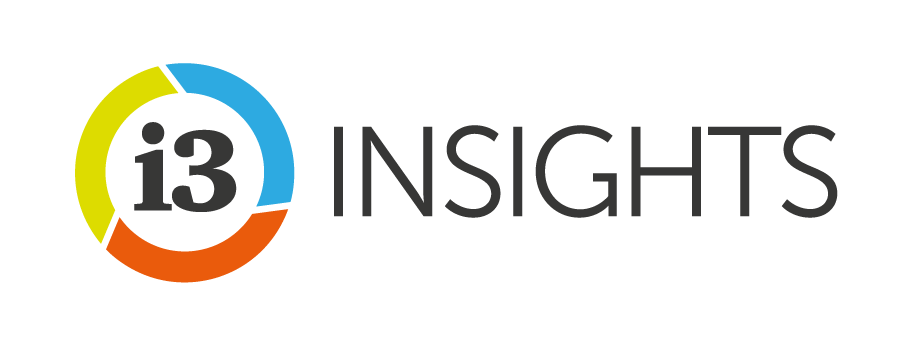Former Future Fund CIO joins AI firm to help develop an investment module that facilitates a total portfolio approach
Former Future Fund Chief Investment Officer Sue Brake has joined artificial intelligence (AI) firm Dragonfly Thinking as Chair of the Board.
Brake will lead development of the company’s investment vertical, Dragonfly Investing, which aims to break down the complex drivers behind investment environments, including geopolitics, climate change and technological development, into practical investment strategies that position investment portfolios across a range of possible futures.
Not only does the system help in scenario analysis, but it also facilitates the implementation of the total portfolio approach (TPA) by providing different expert viewpoints, thereby helping to bridge the gap between investment siloes, asset class specialists and individual investment beliefs, while also promoting collaboration.
The system has been developed by Anthea Roberts, Co-founder and Chief Executive Officer of Dragonfly Thinking, and was initially designed to support policy makers and the defence and intelligence sector in Australia.
Roberts, who is also a Professor at the Australian National University’s School of Regulation and Global Governance, gives the example of a project that involved John Blackburn, the former Deputy Chief of the Air Force in Australia, who led the way in creating a national risk and resilience assessment for the country.

You can do [viewpoints] as an interdisciplinary exercise between experts. What would a classic economist say, versus a classic sociologist, versus a political scientist? But the other option is, you can actually go within a particular domain and splinter out what the different types of economists would say – Anthea Roberts
“Over multiple years, he got 250 experts to come together and write eight different reports on resilience in the economy: resilience in energy, resilience in health, et cetera, and then he tried to integrate them into a [single] report,” Roberts says in an interview with [i3] Insights.
“But even though he is a great systemic thinker, he couldn’t hold that level of complexity in his head and he ended up feeling dissatisfied with the final result.”
“He asked if he could be one of our early testers and within a couple of days, was able to create something he hadn’t been able to create before—a complete complex systems map based on all of the analysis in those eight different reports,” she says.
The system allowed Blackburn to create a map of nodes that showed how different risk elements interacted with each, which ones were central to the system and which were more peripheral, and the AI even came up with new nodes and connections that Blackburn hadn’t thought about.
“The way you break down a complex problem is by identifying multiple perspectives, analysing drivers and dynamics, and then designing interventions or exploring scenarios or strategies,” Roberts says.
“We’ve built a very complex, multi-agent structure for analysing problems. Who are the main actors and stakeholders? How are they likely to look at the problem? Where are they likely to agree? Where are they likely to disagree?
“You can then look at how an intervention would change the map and how different actors might view those changes. To do each of these elements individually is difficult. But to do all of them together is impossible for us as humans to do – we simply can’t hold that level of complexity in our heads – but that’s what our system allows us to do,” she says.
Applications to Investment Strategies
Brake realised that the system could have applications for investment problems too. A few months ago, she was asked to participate in a scenario analysis exercise, where the investment organisation was contemplating the impact of geopolitics in an increasingly volatile world, the rise of AI, and climate change and the energy transition.
Big topics that would normally require the input of subject matter specialists, who don’t always speak the same language.
She reached out to Roberts to see if Dragonfly Thinking could help boil down these issues into a number of different viewpoints and drivers that would help provide a set of scenarios in how these developments might play out and how they interact with each other.
The result was better than Brake expected:
“To say I was startled would be an understatement in terms of the quality of what it produced, and it just made it obvious to me that I have no future in my aspirations without being savvy and using AI,” Brake says in an interview with [i3] Insights.

To say I was startled would be an understatement in terms of the quality of what it produced, and it just made it obvious to me that I have no future in my aspirations without being savvy and using AI – Sue Brake
“The quality of what was produced almost replicated the quality that I’ve delivered with investment teams, and it would take a huge number of people a long time to come to the same result.
“Partly, that efficiency gain is not needing to get 100 different brains to be in the same place and agree on something, which is really what it takes most of the time in sovereign wealth funds,” she says.
Although in the end the final decision will still be taken by people, it helps speed up the analytical process, promotes collaboration and provides suggestions the team might not have thought about.
“It can help us do our jobs better. It’s augmenting our understanding, not replacing it,” Brake says. “And so to try and soldier on without understanding [AI] or hoping that someone’s going to give you a button that you can push, is a little bit like sticking your head in the sand.”
Building Expert Viewpoints To Compare Perspectives
Part of the strength of the system is that it allows users to build expert viewpoints that then can be questioned as to how they would react to changes in policy, investment strategy or market events.
For example, Dragonfly has built a module that takes the viewpoint of a supporter of US President Donald Trump’s “Make America Great Again” (MAGA) agenda.
“We do multi-perspective analysis of different stakeholders, so you can see things from a different country’s perspective or a different political perspective,” Roberts says. “But we can also create individual perspectives to look at things. People quite often look at the MAGA perspective that we have built as one of our lenses, which allows a particular issue to be looked at from a MAGA perspective.
“It will either give you an analytical approach of the MAGA perspective or a first-person narrative of how they would articulate their concerns,” she says.
From an economic perspective, users could build a Modern Monetary Theory (MMT), or neo-classical economic viewpoint, to help them understand market developments from multiple perspectives.
“You can do [viewpoints] as an interdisciplinary exercise between experts. What would a classic economist say, versus a classic sociologist, versus a political scientist?” Roberts says.
“But the other option is, you can actually go within a particular domain and splinter out what the different types of economists would say.
“One of the other things that we found is that the language you ask the AI in actually affects the results. And so even with the same model, with the same underlying training data, if you ask about MMT in German, you actually get a different response than if you ask in English, Arabic or Hindi.
“That is something we are currently working on,” she says.
__________
[i3] Insights is the official educational bulletin of the Investment Innovation Institute [i3]. It covers major trends and innovations in institutional investing, providing independent and thought-provoking content about pension funds, insurance companies and sovereign wealth funds across the globe.


